
How to Use MW LRS-75-5: Examples, Pinouts, and Specs
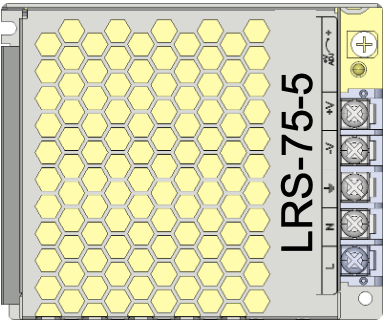
 Design with MW LRS-75-5 in Cirkit Designer
Design with MW LRS-75-5 in Cirkit DesignerIntroduction
The MW LRS-75-5 is a compact, low-cost switching power supply manufactured by Meanwell. It provides a regulated 5V DC output with a maximum current of 15A, making it ideal for powering a wide range of electronic devices and systems. Its efficient design and reliable performance make it suitable for industrial automation, LED lighting, IoT devices, and general-purpose electronics.
Explore Projects Built with MW LRS-75-5
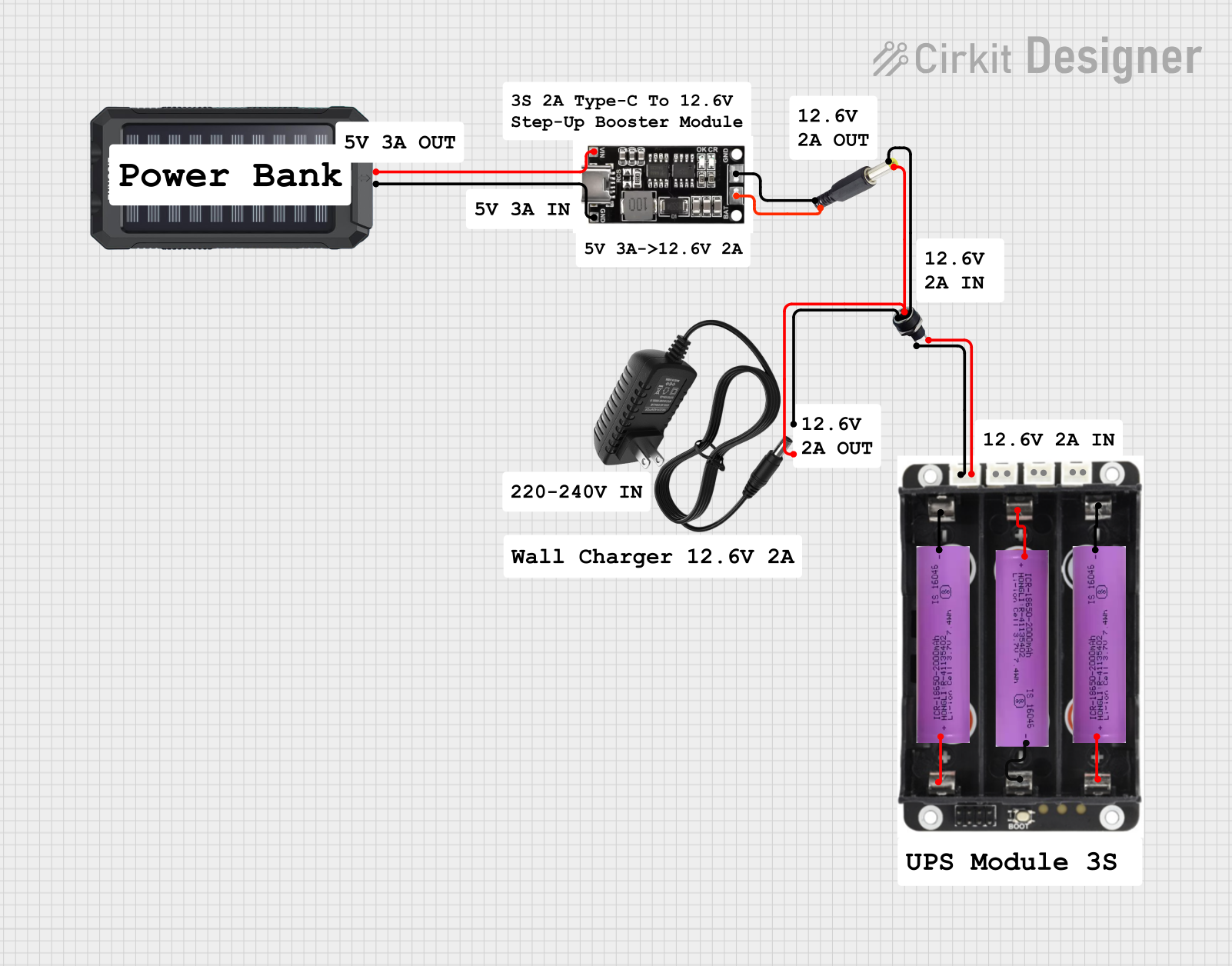
 Open Project in Cirkit Designer
Open Project in Cirkit Designer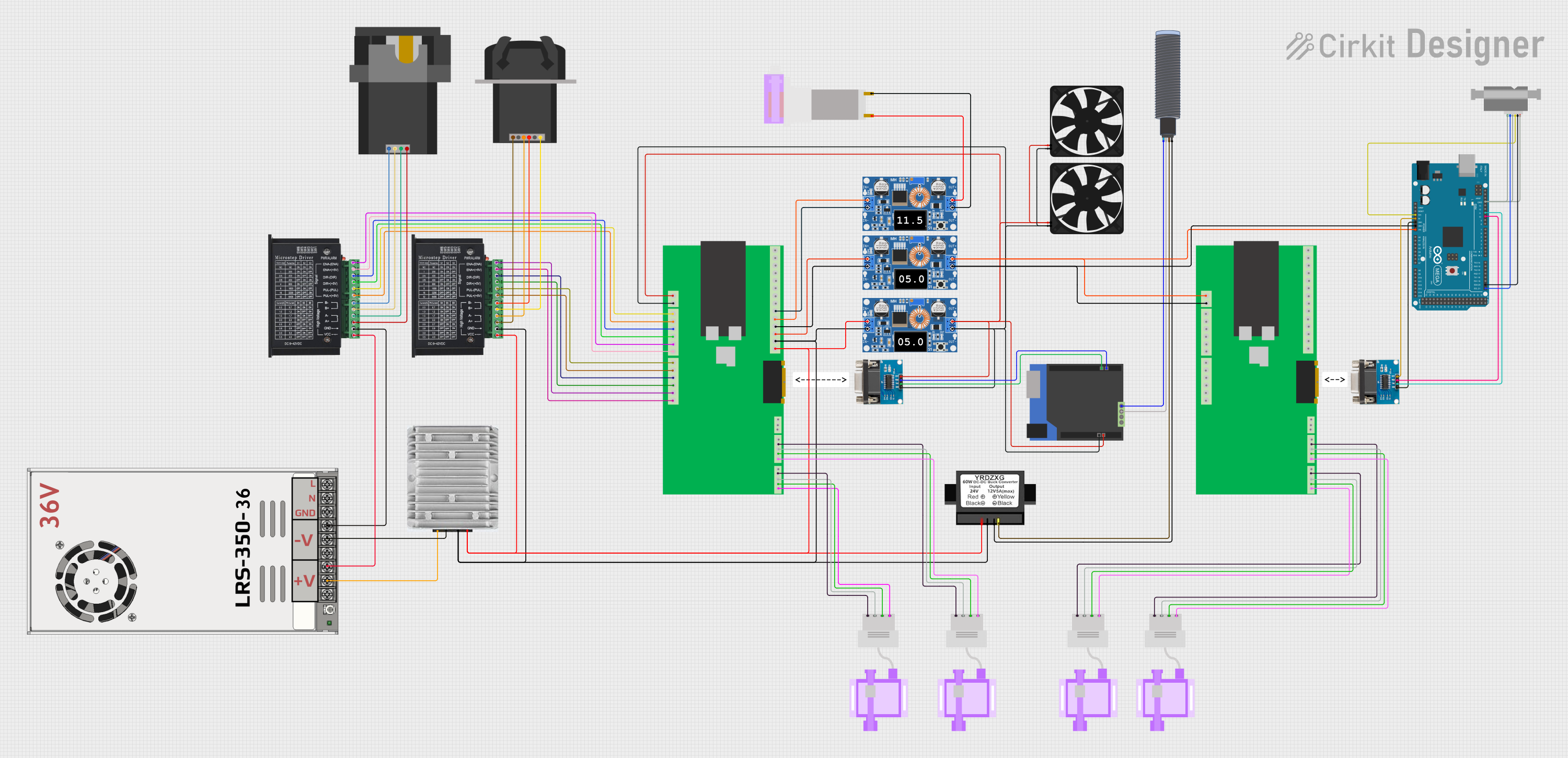
 Open Project in Cirkit Designer
Open Project in Cirkit Designer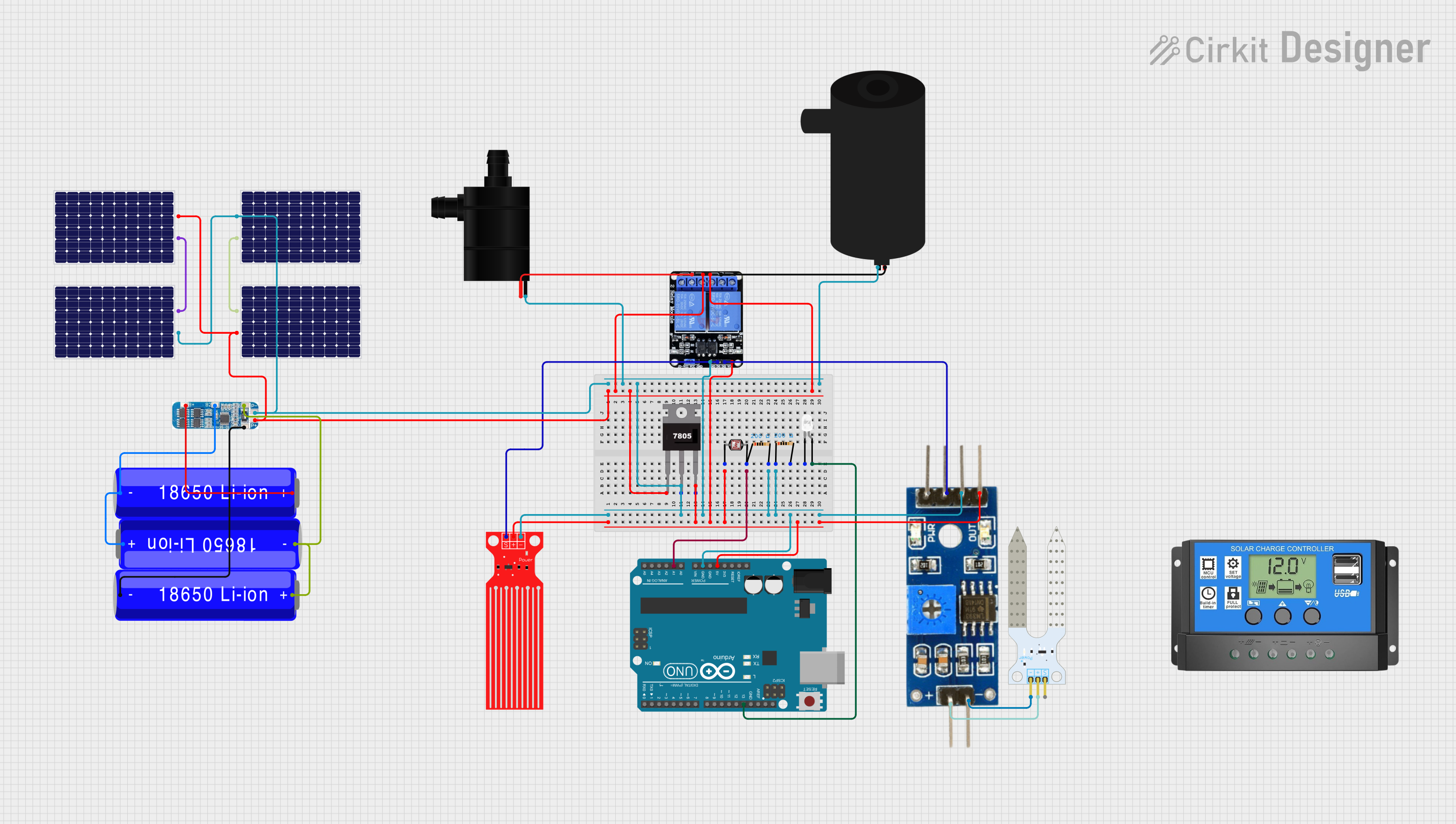
 Open Project in Cirkit Designer
Open Project in Cirkit Designer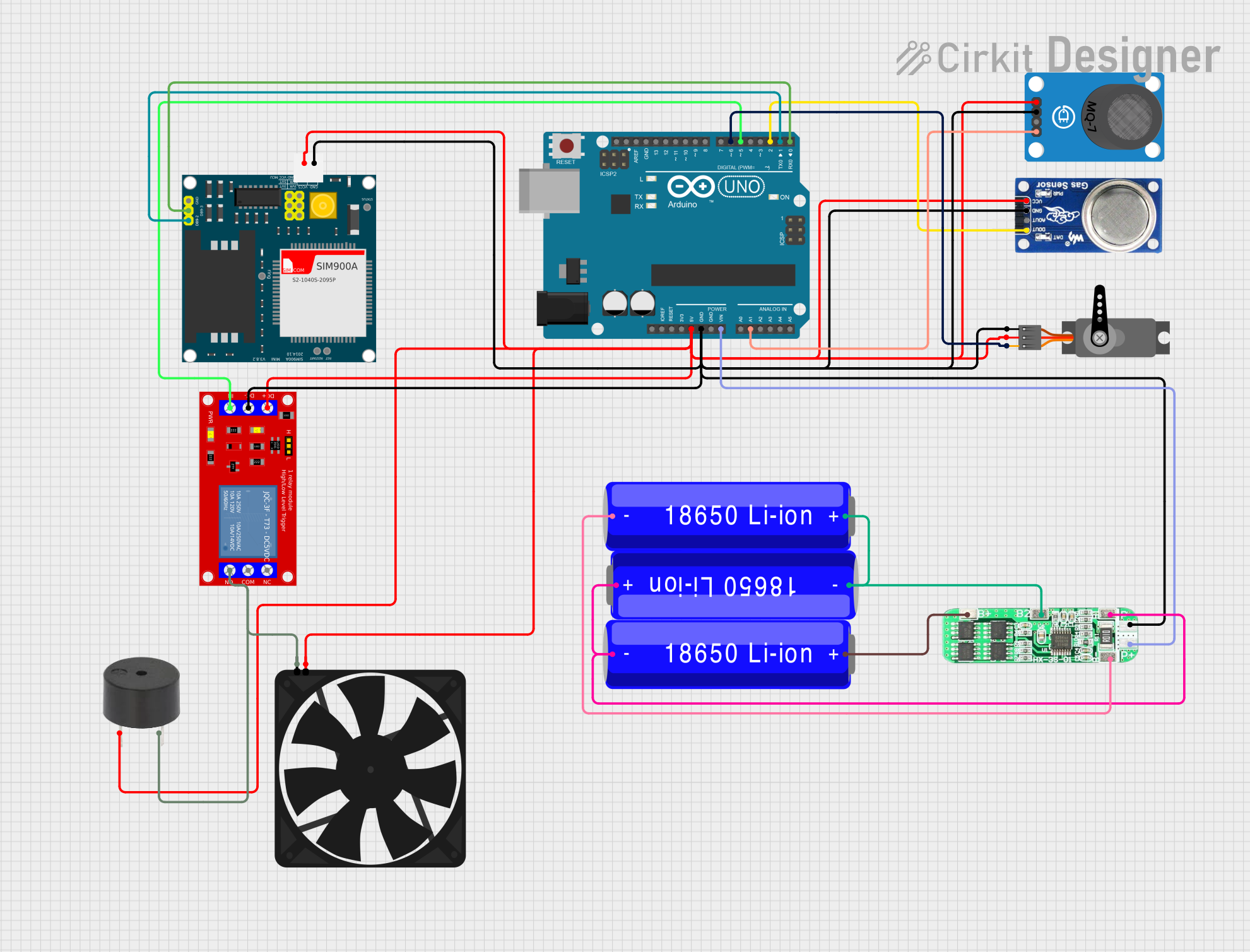
 Open Project in Cirkit Designer
Open Project in Cirkit DesignerExplore Projects Built with MW LRS-75-5

 Open Project in Cirkit Designer
Open Project in Cirkit Designer
 Open Project in Cirkit Designer
Open Project in Cirkit Designer
 Open Project in Cirkit Designer
Open Project in Cirkit Designer
 Open Project in Cirkit Designer
Open Project in Cirkit DesignerCommon Applications
- Industrial control systems
- LED lighting and displays
- IoT devices and embedded systems
- DIY electronics projects
- Powering microcontrollers and single-board computers (e.g., Raspberry Pi, Arduino)
Technical Specifications
Key Specifications
| Parameter | Value |
|---|---|
| Manufacturer | Meanwell |
| Model | LRS-75-5 |
| Output Voltage | 5V DC |
| Maximum Output Current | 15A |
| Output Power | 75W |
| Input Voltage Range | 85-264V AC / 120-370V DC |
| Efficiency | Up to 86% |
| Operating Temperature | -30°C to +70°C |
| Dimensions | 99mm x 82mm x 30mm |
| Weight | 0.27 kg |
| Safety Standards | UL62368-1, EN62368-1, IEC62368-1 |
Pin Configuration and Descriptions
The MW LRS-75-5 has screw terminal connections for input and output. Below is the pin configuration:
Input Terminals
| Pin Name | Description |
|---|---|
| L | Live AC input (85-264V AC) |
| N | Neutral AC input |
| FG | Frame Ground (Earth connection) |
Output Terminals
| Pin Name | Description |
|---|---|
| V+ | Positive DC output (5V) |
| V- | Negative DC output (Ground) |
Adjustment
| Pin Name | Description |
|---|---|
| V ADJ | Output voltage adjustment (±10%) |
Usage Instructions
How to Use the MW LRS-75-5 in a Circuit
Input Connection:
- Connect the AC mains supply to the input terminals (
LandN). - Ensure the frame ground (
FG) is connected to earth for safety.
- Connect the AC mains supply to the input terminals (
Output Connection:
- Connect the load to the output terminals (
V+andV-). - Ensure the load does not exceed the maximum output current of 15A.
- Connect the load to the output terminals (
Voltage Adjustment:
- Use the
V ADJpotentiometer to fine-tune the output voltage within ±10% of 5V.
- Use the
Mounting:
- Secure the power supply in a well-ventilated area to prevent overheating.
- Avoid placing the unit near heat sources or in environments with high humidity.
Important Considerations
- Overload Protection: The LRS-75-5 includes overload protection. If the load exceeds the rated current, the power supply will enter a hiccup mode and automatically recover when the fault is removed.
- Cooling: Ensure adequate airflow around the unit to maintain proper cooling.
- Safety: Always disconnect the power supply from the mains before making any connections or adjustments.
Example: Using MW LRS-75-5 with Arduino UNO
The MW LRS-75-5 can be used to power an Arduino UNO and other peripherals. Below is an example circuit and code:
Circuit Connection
- Connect the
V+terminal of the LRS-75-5 to the Arduino'sVINpin. - Connect the
V-terminal of the LRS-75-5 to the Arduino'sGNDpin. - Ensure the input terminals (
LandN) are connected to the AC mains supply.
Arduino Code Example
// Example code to blink an LED connected to pin 13 of Arduino UNO
// Ensure the MW LRS-75-5 is providing a stable 5V to the Arduino
void setup() {
pinMode(13, OUTPUT); // Set pin 13 as an output pin
}
void loop() {
digitalWrite(13, HIGH); // Turn the LED on
delay(1000); // Wait for 1 second
digitalWrite(13, LOW); // Turn the LED off
delay(1000); // Wait for 1 second
}
Troubleshooting and FAQs
Common Issues and Solutions
| Issue | Possible Cause | Solution |
|---|---|---|
| No output voltage | Input power not connected or faulty | Check AC input connections and voltage |
| Output voltage too high/low | Incorrect V ADJ setting |
Adjust the V ADJ potentiometer |
| Power supply overheating | Insufficient ventilation | Ensure proper airflow and cooling |
| Load not powering on | Load exceeds maximum current rating | Reduce the load to within 15A |
FAQs
Can I use the LRS-75-5 to power a Raspberry Pi?
- Yes, but ensure the output voltage is set to 5V and the current demand does not exceed 15A.
What happens if the load exceeds 15A?
- The power supply will enter overload protection mode (hiccup mode) and automatically recover when the load is reduced.
Can I use the LRS-75-5 in outdoor environments?
- The LRS-75-5 is not weatherproof. Use it in a dry, indoor environment or within a weatherproof enclosure.
How do I adjust the output voltage?
- Use a small screwdriver to turn the
V ADJpotentiometer clockwise to increase or counterclockwise to decrease the voltage.
- Use a small screwdriver to turn the
This concludes the documentation for the MW LRS-75-5. For further assistance, refer to the official Meanwell datasheet or contact technical support.